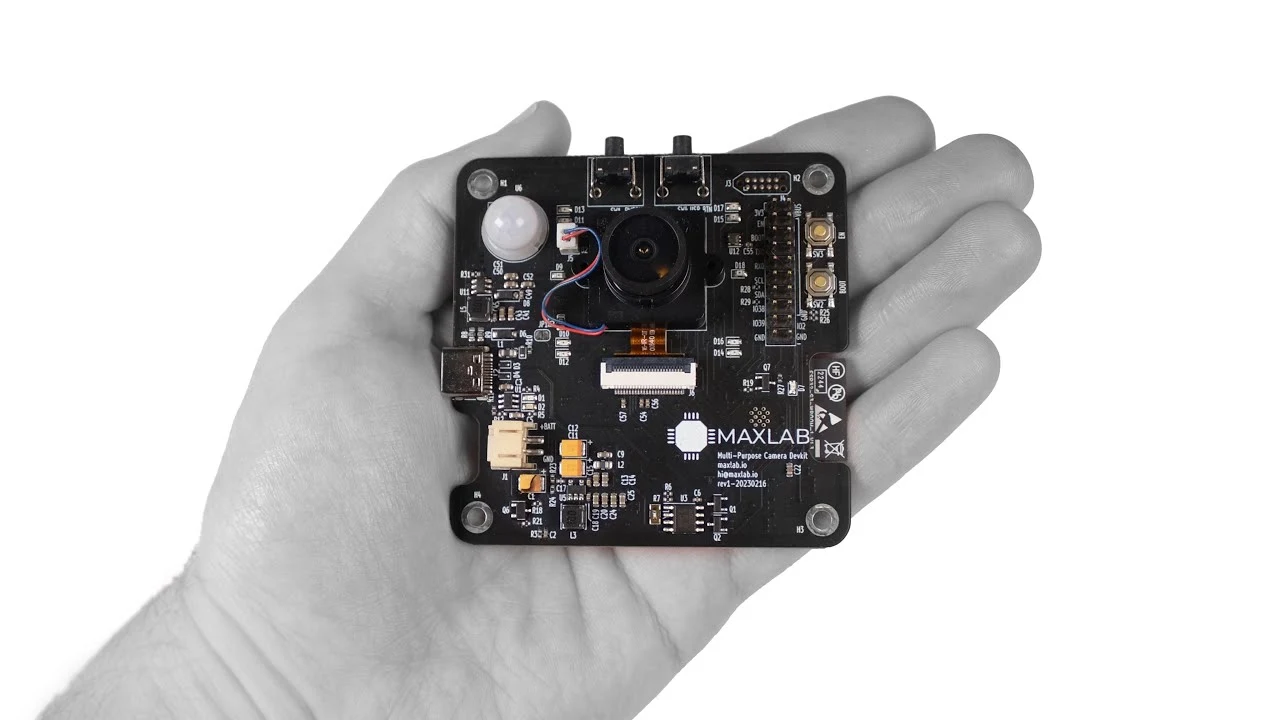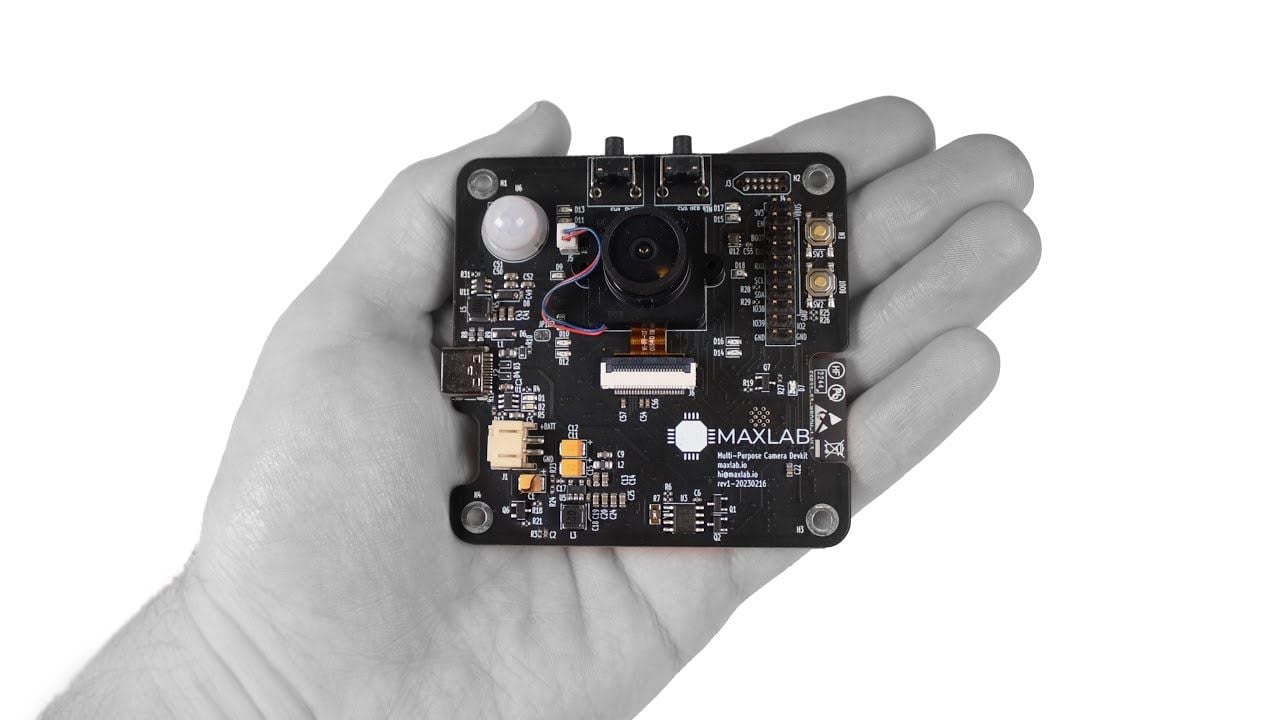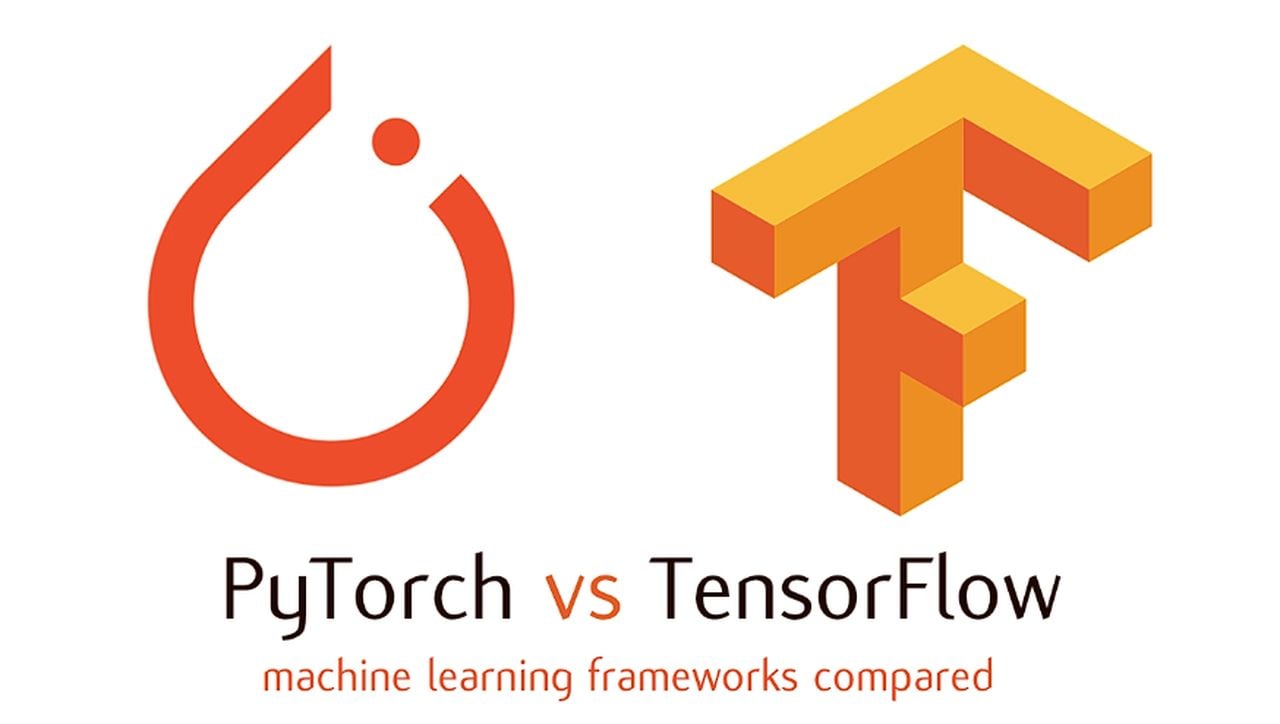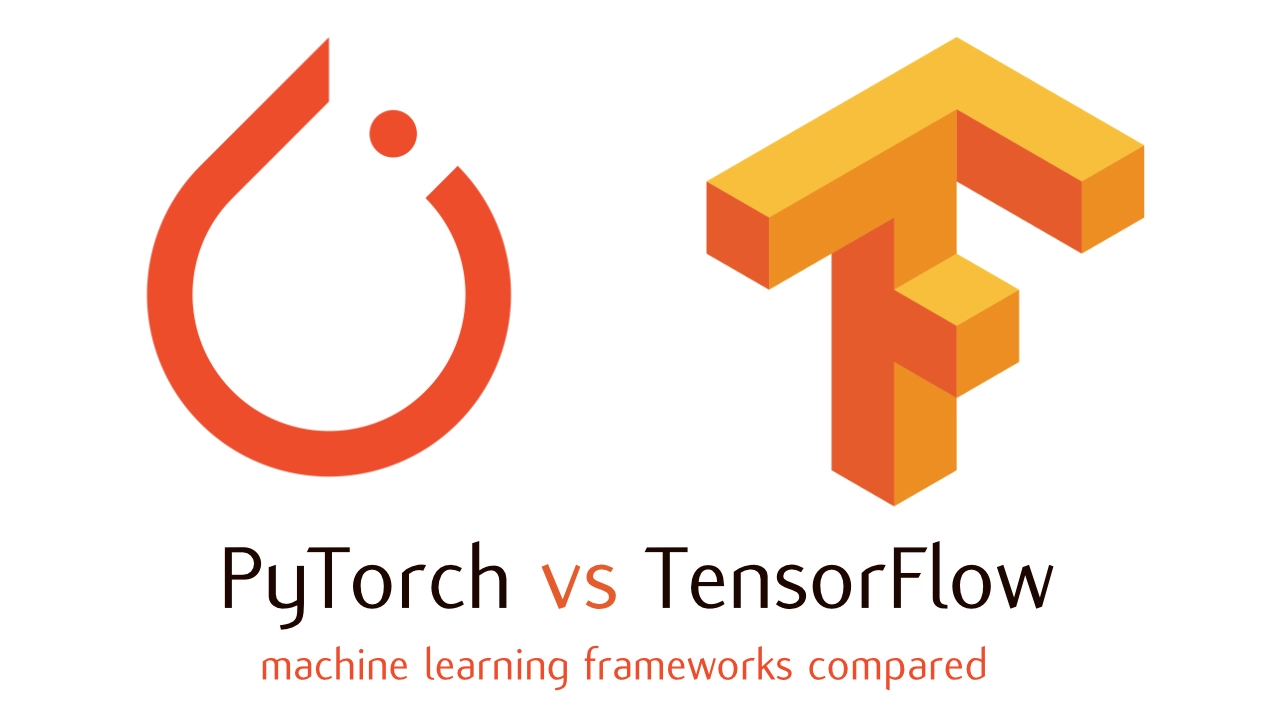
A new multifunctional Edge AI camera offering night vision, motion detection, TensorFlow Lite support, no-code set up and open source design is now available to purchase from just $89 from the Crowd Supply website. Watch the video below for a quick overview of what you can expect from this tiny and affordable Edge AI camera. The Tokay Lite, is an advanced AI camera platform and ESP32-based development board. This sophisticated piece of hardware is not just a camera, but a versatile tool with a myriad of applications that stretch from security to wildlife monitoring, and even agricultural use.
At the heart of the Tokay Lite lies its onboard Edge AI Processing capability. This feature allows real-time image analysis and decision-making without the need for an external computer. It is a testament to the power of edge computing, where data is processed on the device itself, thus reducing latency and increasing speed. Whether it’s detecting an intruder in a security setup or identifying a rare bird species in a wildlife monitoring scenario, the Tokay Lite can process and analyze data in real-time, right at the source.
Tokay Lite no-code Edge AI camera
The Tokay Lite is powered by open-source firmware, and its no-code web interface makes it user-friendly even for those not versed in programming. This interface allows users to configure settings according to their specific needs. Moreover, the device can be seamlessly integrated with major IoT and AI platforms like AWS, ThingsBoard, and Home Assistant, further enhancing its versatility.
Here are some other articles you may find of interest on the subject of cameras
One of the standout features of the Tokay Lite is its facial recognition and detection capabilities. The device comes pre-loaded with a facial recognition model, but users can also reprogram it with their own AI models. This feature can be particularly useful in security applications, where recognizing and identifying individuals is paramount.
Beyond its use in security, the Tokay Lite also finds application in robotics. It can serve as a sensor and decision-making unit, providing real-time visual data and performing visual recognition tasks. This capability can be instrumental in developing robots that can navigate their environment and interact with objects and individuals.
The Tokay Lite is designed for plug-and-play integration, featuring an AI-capable chip with 8 MB FLASH and 8 MB of external RAM. Its adaptable power modes and night vision feature make it suitable for use in various environmental conditions. The device is also equipped with light and motion sensors for environmental monitoring.

The open-source nature of the Tokay Lite extends to its SDK, providing developers with the freedom to customize and enhance the device’s capabilities. The device comes with numerous examples, serving as a valuable resource for developers looking to explore its potential.
Technical specifications of the Tokay Lite include an onboard MCU: ESP32-S3, sensor interface: DVP, stock camera sensor: OV2640, image capabilities: 0.3 MP / 2 MP / 3 MP with RGB and JPEG support, frame rate: up to 15 FPS, night vision, sensors: light sensor and passive IR (motion detection), connectivity: Wi-Fi and BLE, memory: 8 MB Flash, 512 kB + 8 MB RAM, software: TF-Lite Micro, esp-dl, interfaces: SPI, UART, battery connector: JST-PH (2 mm pitch), and customizable power features: programmable external RTC.
The Tokay Lite is now available to purchase from Crowd Supply priced at $89 with shipping expected to take place sometime around May 2024. Its versatility, advanced capabilities, and user-friendly design make it a valuable tool in various fields, from security to robotics. As AI continues to evolve, devices like the Tokay Lite serve as a reminder of the exciting possibilities that lie ahead.
Tokay Lite camera features
- Designed for Plug-and-Play: Ready for integration with a hassle-free setup.
- Powerful AI-Capable Chip: Packed with an 8 MB FLASH and 8 MB of external RAM for AI tasks.
- Adaptable Power Modes: Switch between low power and high-performance modes to match your power needs.
- Night Vision: Equipped with night vision and onboard IR LED illumination for all-environment use.
- Environmental Monitoring: Features light and motion sensors for comprehensive environmental awareness.
- No-Code UI: Easily set up projects and fine-tune sensors without coding.
- Seamless Integrations: Effortlessly connects to major IoT and AI platforms like AWS IoT, Edge Impulse, and ThingsBoard.
- Open Source: Explore the possibilities with an open-source SDK and numerous examples.
Specifications
- Onboard MCU: ESP32-S3
- Sensor Interface: DVP
- Stock Camera Sensor: OV2640
- Image Capabilities: 0.3 MP / 2 MP / 3 MP with RGB and JPEG support
- Frame Rate: Up to 15 FPS
- Night Vision: Yes
- Sensors: Includes Light Sensor and Passive IR (Motion Detection)
- Connectivity: Wi-Fi and BLE
- Memory: 8 MB Flash, 512 kB + 8 MB RAM
- Software: TF-Lite Micro, esp-dl
- Interfaces: SPI, UART
- Battery Connector: JST-PH (2 mm pitch)
Filed Under: Camera News, Top News
Latest timeswonderful Deals
Disclosure: Some of our articles include affiliate links. If you buy something through one of these links, timeswonderful may earn an affiliate commission. Learn about our Disclosure Policy.



